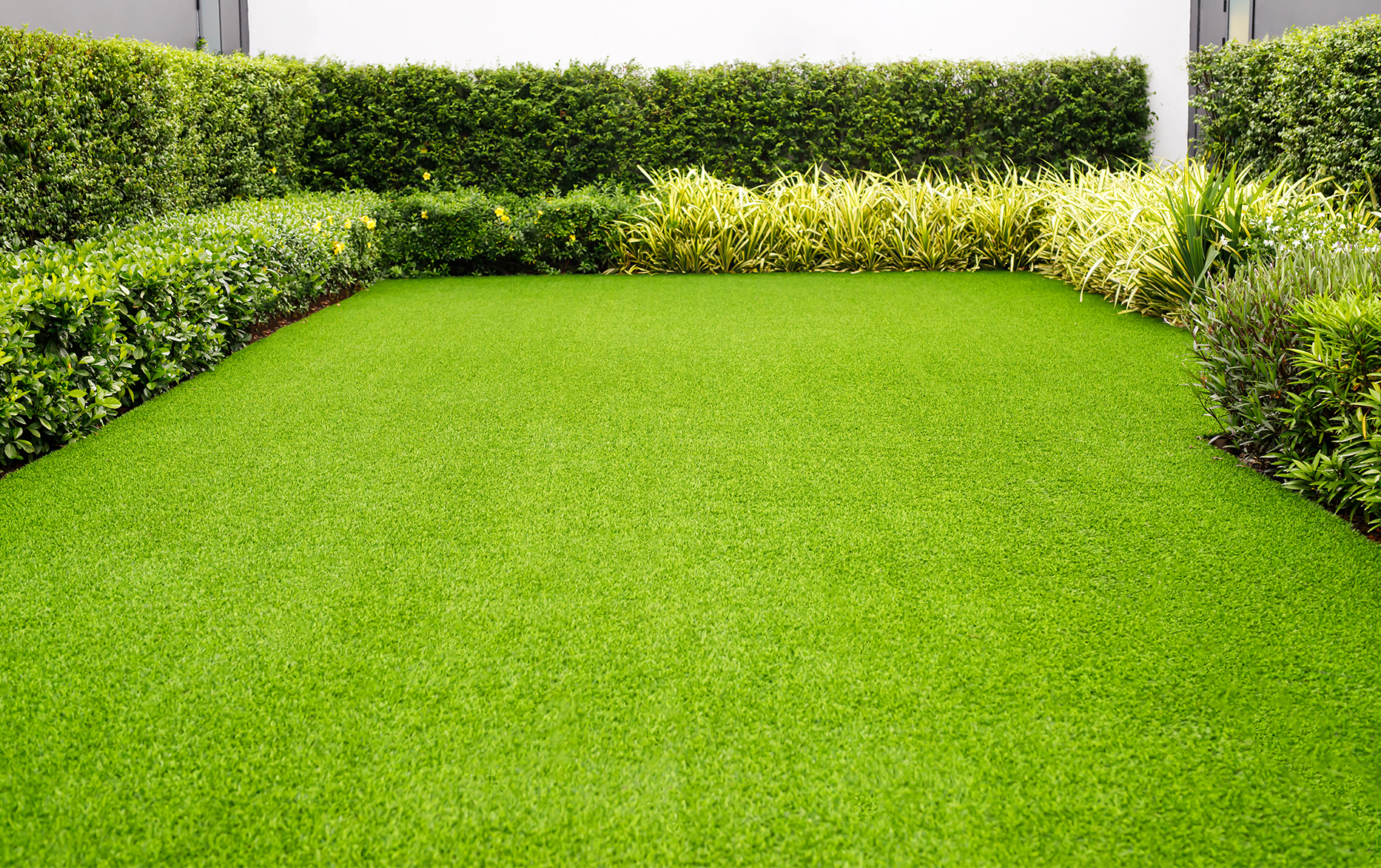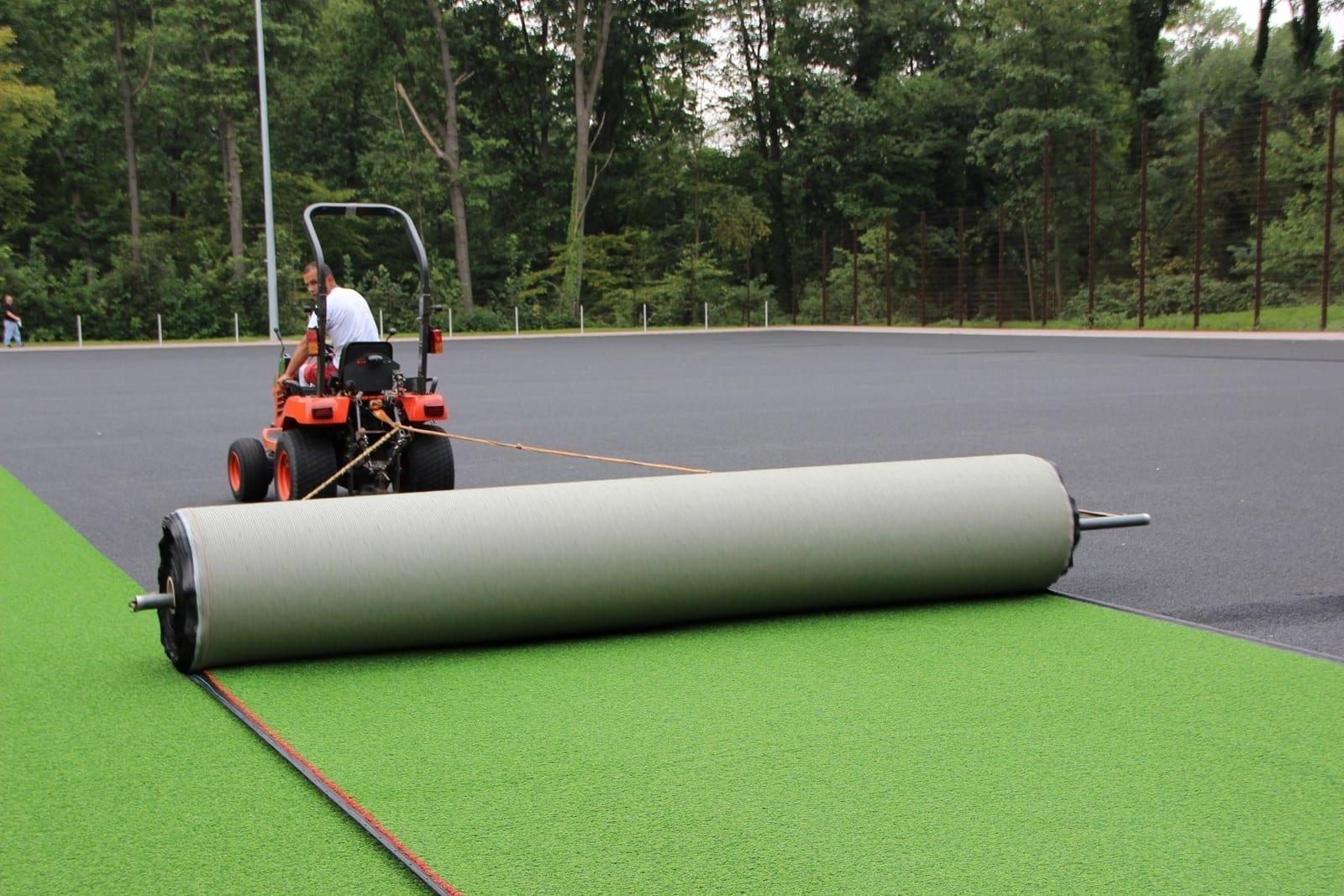Reliable Artificial Turf Companies Phoenix for a Lush and Green Lawn
Reliable Artificial Turf Companies Phoenix for a Lush and Green Lawn
Blog Article
Delve Into the Environmental Conveniences of Opting for Artificial Grass Solutions
The adoption of synthetic turf remedies provides an engaging possibility to attend to pushing ecological challenges. By dramatically decreasing water usage and reducing the application of dangerous chemicals, these choices not just advertise sustainable landscape design but also shield local ecosystems. The reduced carbon footprint connected with decreased maintenance tasks contributes to an extra sustainable strategy to land monitoring. However, the ramifications of these advantages prolong beyond mere conservation initiatives, questioning about their lasting influence on habitat preservation and total ecological equilibrium. Checking out these measurements discloses a complex interplay worth thinking about.
Water Preservation Perks
One of the most considerable advantages of synthetic turf is its capacity to conserve water. In contrast, artificial grass does not require watering, dramatically minimizing the overall need for water resources.
By getting rid of the demand for routine watering, synthetic grass contributes to lasting landscape techniques and assists mitigate the ecological influence of excessive water consumption. Furthermore, the preservation of water encompasses the decrease of runoff, which can result in dirt disintegration and waterway contamination.
Additionally, the setup of artificial lawn enables home owners and municipalities to allot water resources a lot more efficiently, concentrating on vital uses such as alcohol consumption water and agriculture. The shift towards artificial turf not only promotes accountable water usage however additionally lines up with wider ecological objectives intended at protecting all-natural resources.
As communities progressively prioritize sustainability, the water conservation advantages of synthetic grass present a compelling case for its adoption in commercial and residential landscaping projects.
Minimized Chemical Use
The change to synthetic grass dramatically decreases the reliance on chemical treatments commonly made use of in natural lawn maintenance. Conventional turf management usually includes the application of herbicides, fertilizers, and pesticides to advertise development and control pests. These chemicals can posture threats to human health and wellness, neighborhood wildlife, and the setting, adding to soil and water contamination.
In comparison, synthetic turf gets rid of the requirement for these dangerous compounds. Once mounted, it requires marginal upkeep, primarily containing normal cleaning and irregular infill replenishment. This reduction in chemical use not just benefits the immediate atmosphere however additionally contributes to broader environmental stability. By lessening the launch of artificial compounds right into the environment, man-made grass advertises healthier soil and water systems.
Moreover, the lack of chemical overflow related to synthetic grass installations aids protect regional waterways from air pollution, sustaining aquatic life and preserving biodiversity. Phoenix turf companies. As areas progressively prioritize lasting methods, selecting synthetic turf provides a sensible solution that straightens with environmental preservation objectives. Through this shift, homeowner can delight in rich eco-friendly spaces without endangering ecological wellness, leading the way for a much more sustainable future
Lower Carbon Impact

In addition, the installation of synthetic grass can result in considerable water preservation. All-natural yards need significant quantities of water for watering, which not just contributes to the carbon impact related to water removal and therapy yet additionally pressures local water resources. In comparison, synthetic grass requires minimal upkeep, requiring no watering, consequently substantially minimizing water usage and its connected power expenses.
Additionally, the durability of synthetic grass adds to its reduced carbon influence. With a life expectancy of approximately 15 years or more, the demand for regular replacements is lessened, leading to much less waste and reduced energy intake in production and disposing of conventional yard choices. Overall, artificial grass presents a sustainable option for environmentally mindful landscaping.
Environment Conservation
Environment conservation is an important factor to visit this site consider in the debate over landscape design options, particularly when contrasting synthetic grass to all-natural lawn. All-natural turf yards commonly call for substantial maintenance, including the usage of herbicides, chemicals, and plant foods, which can detrimentally affect neighborhood ecosystems. These chemicals can seep right into the dirt and rivers, damaging native flora and fauna and disrupting regional habitats.
On the other hand, synthetic grass offers a possibility to minimize the eco-friendly impact of landscaping. By selecting artificial turf, home owners can decrease the disruption of all-natural habitats connected with standard lawn treatment methods. Synthetic grass removes the demand for dangerous chemicals, therefore securing close-by wildlife and keeping the stability of bordering communities. The installment of synthetic lawn can lead to the conversion of former yard areas right into even more biodiverse landscapes, such as pollinator yards or indigenous plant locations, which can support neighborhood wildlife.
Inevitably, the change to man-made turf not just conserves water and minimizes maintenance initiatives but likewise promotes a much more unified relationship in between human activities and the natural atmosphere, advertising environment conservation in the procedure.
Long-Term Sustainability
Long-lasting sustainability is an essential consider evaluating the benefits of synthetic grass over conventional turf yards. One of the most substantial benefits of artificial grass is its resilience; it can last up to 15-20 years with minimal maintenance, whereas all-natural lawn requires frequent reseeding and substitute. This longevity lowers the need for constant sources, such as water, fertilizers, and chemicals, which are crucial for maintaining a healthy grass yard.
Furthermore, artificial turf adds to a reduction in carbon discharges related to grass treatment devices. Conventional lawns often need gas-powered lawn mowers, trimmers, and blowers, all of which add to air contamination. Arizona turf. On the other hand, synthetic grass gets rid of the requirement for such devices, promoting a cleaner atmosphere
Moreover, the production of synthetic grass progressively utilizes recycled materials, boosting its sustainability profile. As makers take on green methods, the environmental impact of synthetic grass proceeds to diminish.

Final Thought
The adoption of synthetic grass solutions presents considerable ecological benefits, including considerable water preservation, decreased dependence on harmful chemicals, and a lower carbon impact. In addition, synthetic grass aids in maintaining natural environments by minimizing land disruption and promoting long-lasting sustainability through the use of durable materials. Collectively, these aspects highlight the capacity of man-made grass to contribute positively to ecological health and wellness and provide a practical option to traditional landscape design techniques in browse around these guys a progressively resource-conscious world.
In comparison, artificial lawn does not need watering, significantly reducing the total demand for water resources. By decreasing the launch of artificial compounds into the ecosystem, man-made grass promotes much healthier soil and water systems.
Moreover, the installation of artificial lawn can result in significant water preservation. In contrast, fabricated lawn needs very little upkeep, requiring no watering, consequently significantly reducing water use and its associated energy prices.

Report this page